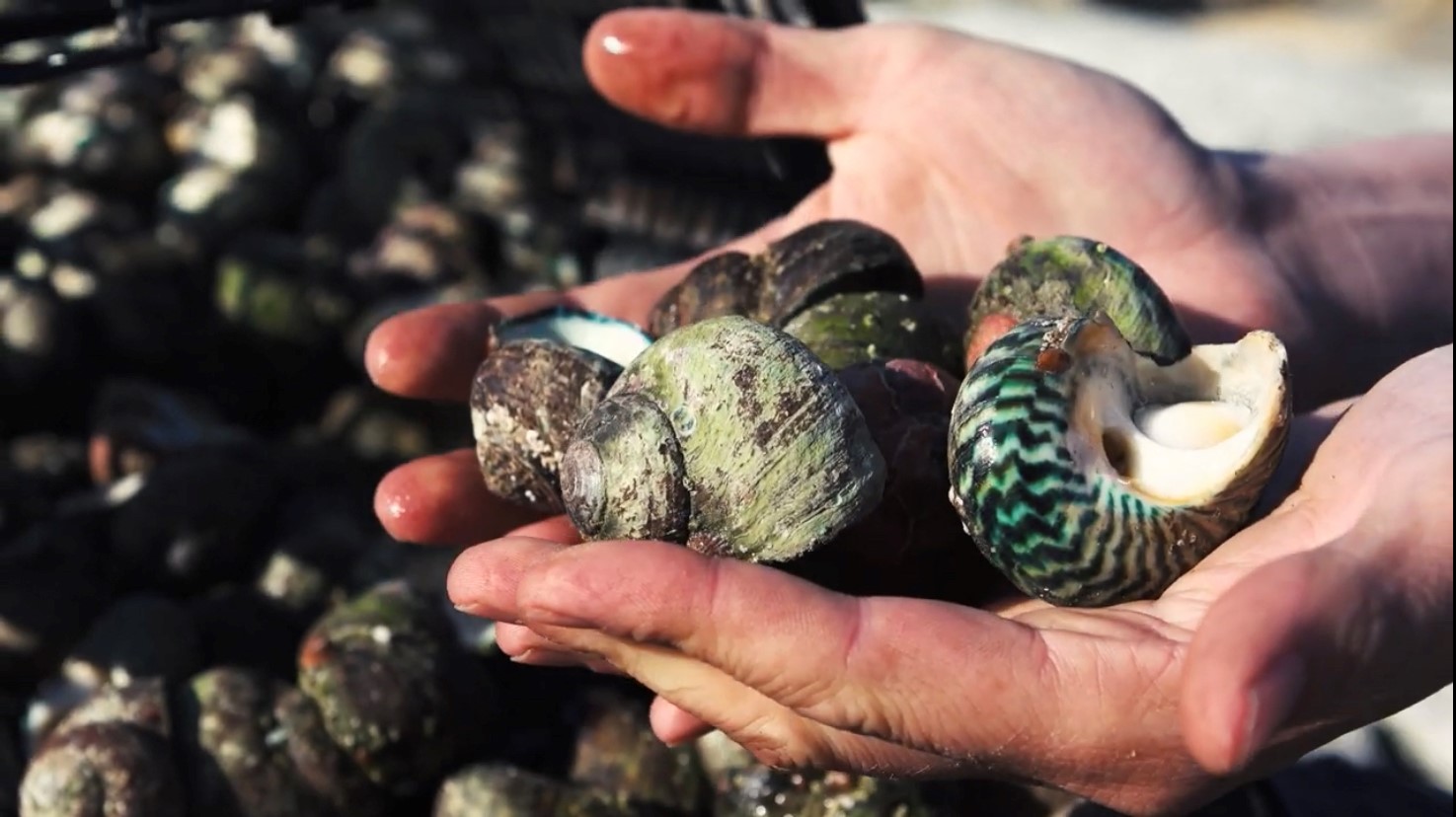Fishery Management
The Department of Natural Resources & Environment (NRE) is bound by the Living Marine Resources Management Act 1995 to ensure that fisheries are managed in a sustainable manner. However, with the lack of information about the periwinkle stock NRE has adopted a precautionary approach to guide it in setting catch limits for the species. The harvest strategy for periwinkles in Tasmania is in the Commercial Dive Fishery policy document (NRE 2005, 2011) and uses catch rates and size structure as performance indicators for the fishery. The Commercial Dive Fishery Management Plan created two management zones (a Developed Zone in the south-east and an Undeveloped Zone covering remaining waters) with a total allowable catch (TAC) of 35.2 tonnes that was split evenly over the two management zones.
As more scientific information has become available on the fishery through IMAS projects, such as FRDC 2011/024, the Commercial Dive Fishery Management Plan that was developed in 2005 was revised commencing the 2014/15 season to rezone the two fishing zones (Developed and Undeveloped) (more information on the Background page). The Developed and Undeveloped Zones established in 2005 became inappropriate following a substantial shift in effort, expanding considerably along the north-east coast. Therefore, the Undeveloped Zone was split into three (North-east, Northern and Western Zones) making a total of 5 management zones.
Indigenous Fishery
There is no regulation of Indigenous harvesting. No information has been collected but the volume of catch is considered negligible relative to commercial harvesting.
Recreational Fishery
There is no regulation of recreational harvesting currently in place. No information has been collected but the volume of catch is considered negligible relative to commercial harvesting.
Details on the current TAC and management controls for the Tasmanian Periwinkle Fishery is provided on the Department of Natural Resources & Environment (NRE) website at the link:




